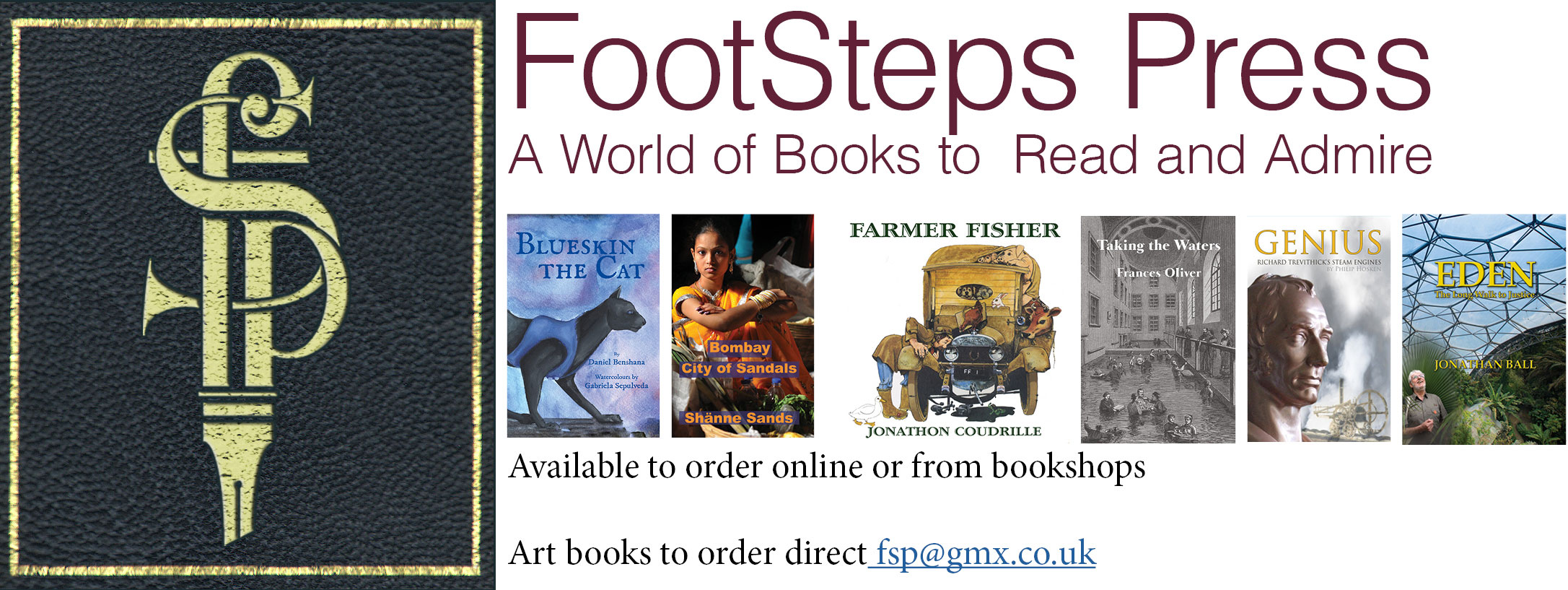A young child in World War Two she spent the war in Cornwall where she says, she found her soul wandering the cliff tops and beaches of Porthtowan on the north coast. The war which shaped so many destinies helped shape the emerging artist in Shänne Sands.
As a teenager she studied at the Guildhall School of Music and Drama falling deeply in love, a love that broke when she was nineteen and hurled her life into the turmoil from which she emerged with two children born of Indian fathers, a body of early work including Grass, started when she was seventeen and finished when was eighteen. A remarkable poem for one so young. Having been the love of a brilliant British spy and a lonely Indian King.
Publishing her first book in 1967 Is Rosemary Your daughter? about the drug crazes of the sixties and Bombay City of Sandals in 1982 about the Mumbai of the fifties, she returned to the tragic life of her father in her third and final book Loom of Crime. Mooted by Agenda as a poet to watch she was rarely published until these FootSteps editions. Out of step with the trends of the post-war writers she neither respected Ezra Pound as a thinker or traded her love of the Romantics for the purposes of entertainment as with performance poets, or the preferences of the scholarly Saxon clique led by Hughes. Possessing a clarity of music and form whether addressing the sadness of the artist in And So I Danced, to the vileness of tyranny in The Treadmill, the lies of love mingled with the delicious quality of love-making, her work is fearless.
The dramatic poem Shadows and Realities will become one of the finest examples of its form in the English language. To reads Shänne Sands is at once to touch the wistful, the sad and yet to be uplifted. Like Balaam in the Book of Numbers she knows what life is all about, she knows the suffering and the struggle, but called upon to speak she praises for in the praise is the hope, the desire and the longing that humanity realises we can stop inflicting the pain if we want to, we just have to leave behind our willingness to be led, our readiness to see the alien in our neighbours, our eagerness to see ourselves as better than anyone else and our fear of sorrow. Reading her work will make you sad and you will know you are sharing a feeling felt by every human being who has ever lived. It is the timeless sadness of experience, the tear behind the laughter to be embraced because it is the one feeling that never lies.

